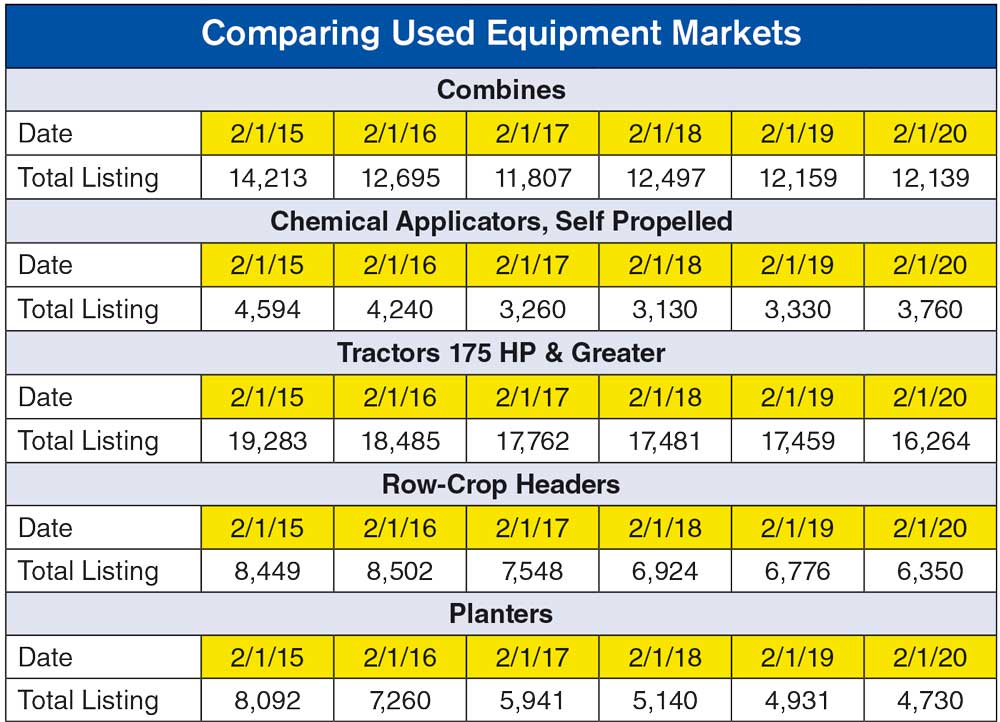The run-up to the 2014 auction season was one of disbelief and dismay. The amount of used equipment on the market was no joke, and it was getting worse every day. The spread between auction value and retail advertised price was widening, used buyers were still in the mindset of buying new, and yearly roll customers had no intentions of doing anything different. Dealer groups were left scratching their heads as how to maintain trade difference and cost-per-hour to trade. The light at the end of the tunnel wasn’t wired yet, and each day got worse than the day before.
Nothing was hit harder than the planter market. Planters were the fashionable yard art of choice leading into the spring of 2014. It seemed no matter what was tried selling a used planter was not going happen.
The auction market was setting the retail price, and used buyers were slow to commit at the dealership. Planters were sent to auction as fast as they could get listed. Just about every planter sold in 2014 and 2015 was sold at auction. Planters sold for pennies on the dollar, and dealers’ yards ran dry.
To share some data, on Dec. 1, 2014, 8,538 planters were on the market. By Jan. 1, 2015, the number of the units had decreased by 504 to 8,034. As of Feb. 1, 2020, the number of units stands at 4,730.
That’s a very dramatic decline in numbers and this is why the planter market is the most robust and most stable market in used equipment. The supply of used planters has been low for a couple of years. The number of planters that missed their traditional trade cycle has created a pent up buying demand for smaller acre machines. Used buyers are a good thing; always having buyers ready to buy is great unless the number of new machine sales doesn’t match the demand for preowned machines.
On a recent episode of the Used Equipment Remarketing Roadmaps podcast, I talk about a very defined line in planters — 2014 and older and 2015 and newer machines. High-speed planters have become a bigger draw in the past. More and more producers see the value in high-speed planters with electric drive row units. The reason for the defined line was factory options on planters.
From 2015 on, high-speed planter technology starts to become a factory option. Planters from 2014 and older have retained value and demand not because of price but rather aftermarket upgrade and retrofit kits. These kits have opened a new market where the total investment is significantly less than the price of a new machine with the same technology. Return on investment is still up the air. Planters are unique to each producer. What one producer wants on a planter, the next one doesn’t. It will be interesting to see how these aftermarket builds will stand up to the “what you want isn’t what I want” test.
Planters will continue to have a robust and stable market for the next 3-5 years. 2018 proved to be a turning point in the planters market. The number of new planters hit a 5-year high and 2019 outpaced 2018. The number of used planters will stream into the market, and older planters will get traded on newer used planters. But like other 2012-2014 model years, these too will have an impact on the market. The only difference is that old technology can become new again.







